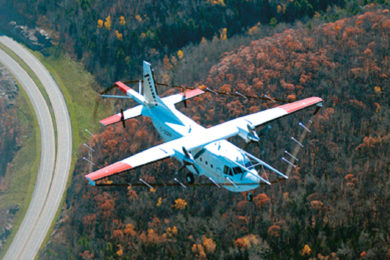The team behind MEGATEM is inducted in the Exploration category of the International Mining Technology Hall of Fame. Ken Witherly (BHP) and John Gingrich (Noranda) were users of the equipment that recognized the potential of the system and drove the development of the system from the demand perspective. This demand was not just in their organizations, but also from governments and public organizations.
Mike Carson led the interaction with BHP, while George Nader and David Fountain interacted with Noranda. All were champions within the Geoterrex corporate structure and collectively convinced senior management and employees to get behind the development project.
Richard Smith and Peter Annan were involved with the geophysical justifications for the system and design and development of the system and the prior successful developments that were incorporated into the MEGATEM development. They provided strong technical support and gave confidence that the system would be a successful exploration project.
Tom Payne, Bruce Magnes and Al Proulx designed and tested the electronic and software systems for the MEGATEM developments and upgrades. Proulx operated the system in the early period when the bugs were being worked out of the system.
Brenda Sharp processed the data from the MEGATEM and identified an anomaly that led to the discovery of the $4 billion Perseverance deposit near Matagami, Quebec. This discovery was critical at an early stage, when the system was just starting and need success to gather momentum.
The strengths of the system were explained to potential users by Smith and Fountain, who were critical in the technical marketing of the system to the exploration community.
The MEGATEM was an extremely successful system, being able to fly at very high latitudes in Chile and Peru. The system identified an anomaly of the Spence deposit prior to its discovery, but it was not drilled at that time for geological reasons.
In Canada, the system was used by the Ontario Geological Survey and Discover Abitibi to refly areas in Ontario and virtually all the greenstone belts in the Abitibi subprovince of Quebec were reflown by Noranda with support from the Quebec ministry. During the uranium boom in the first decade of the new millennium, MEGATEM was extensively flown in the Athabasca basin due to its ability to detect the prospective graphite horizons at more than 700 m depth. The use of the MEGATEM technology became a critical part of junior companies’ exploration strategy and was mentioned in press releases in order to raise funds on the stock exchanges.










